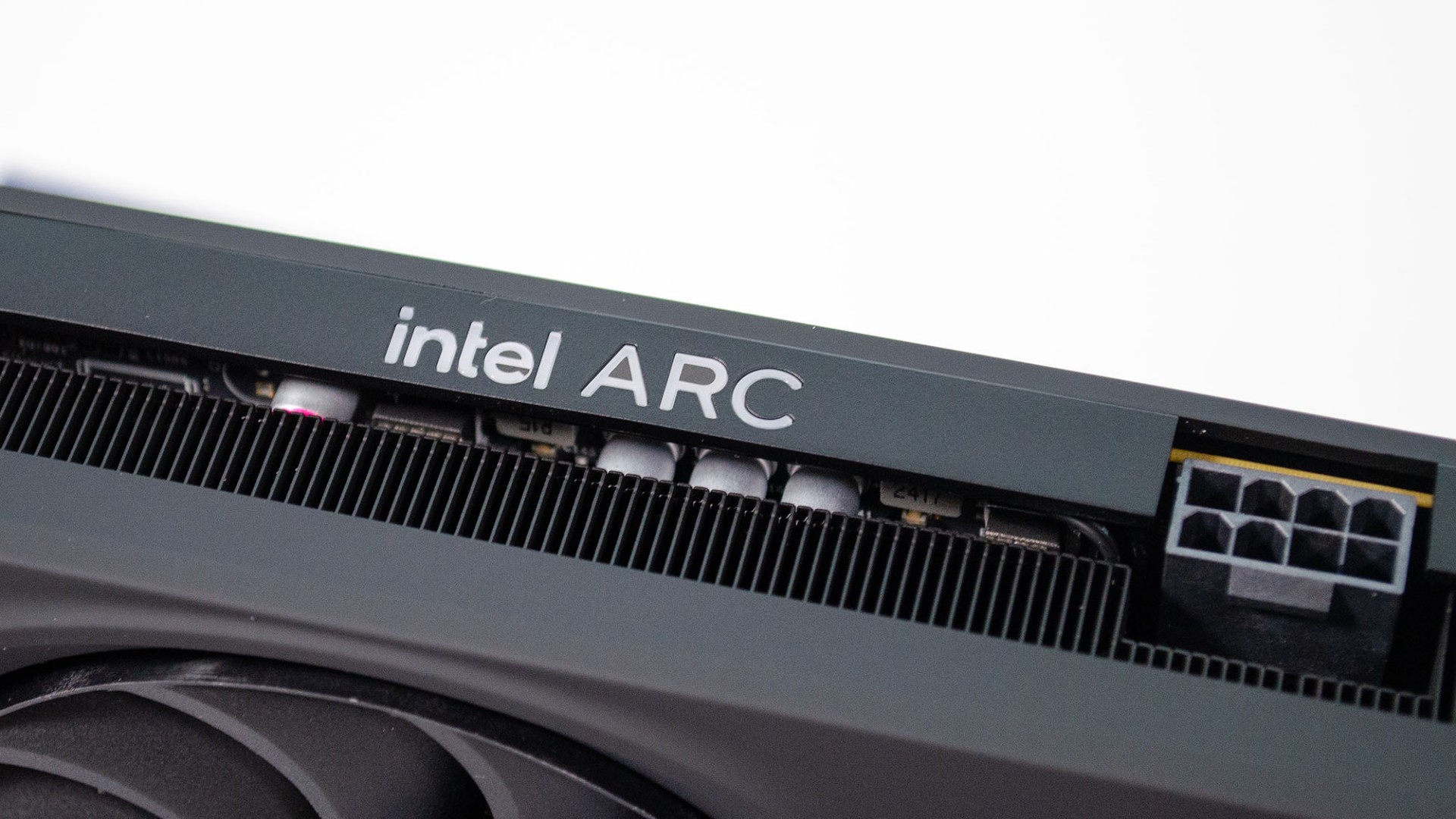NVIDIA's RTX 5070 Ti is another busted launch of bogus listings and a rhetorical MSRP for RTX 50 Series GPUs
Third-party RTX 5070 Ti graphics cards sold out in seconds, as NVIDIA skipped a Founders Edition but shared its pricing problems.

If you plan to build a custom gaming PC, it might be the wrong time to pick up a brand-new graphics card. That is if you want to maximize performance for your investment and target a mid-to-high-end range of graphical fanciness because the category is turgid and soured by rip-off GPUs from NVIDIA's latest RTX 50 Series.
The brand-new NVIDIA RTX 5070 Ti launched earlier today and predictably sold out within seconds.
It's the same old story for seasoned PC enthusiasts who join virtual queues for online retailers only to be met with a "sold out" message — satirizing what should be an organized retort to scalpers and ends up punishing the authentic consumer. Unfortunately, the farce doesn't end at availability.
An enchanting $749 MSRP (manufacturer's suggested retail price) feels optimistic when you discover that NVIDIA is skipping its in-house "Founders Edition" and exclusively licensing out third-party RTX 5070 Ti GPUs to its manufacturing partners like MSI, ASUS, Gigabyte, and more.
Still, looking at listings for RTX 5070 Ti cards from one of these OEMs exposes one consistent theme that blights potential consumers:
It is impossible to buy the RTX 5070 Ti at MSRP.
Even if I wanted to splurge on an overclocked ASUS TUF Gaming GeForce RTX 5070 Ti OC Edition for $999.99, I'd be out of luck because the three-fan behemoth immediately sold out.
Wait, RTX 5070 Ti variants are selling for $250 over MSRP?
Yes, they were in a literal sense, but as we saw during the NVIDIA GeForce RTX 5090 and RTX 5080 launch, storefronts may have only stocked units counted in single digits. It only takes one person to buy an overpriced variant to wipe the listing out, whether they intend to flip it on eBay or attempt to sustain 60 FPS on the latest game built on the stutter-prone Unreal Engine 5.
So, who can offer a viable alternative?

AMD is NVIDIA's usual rival, at least in the mid-range bracket with its Radeon graphics cards, and its next-generation RDNA 4 GPUs are expected to be revealed on February 28 if everything goes to plan.
The Radeon RX 9000 Series GPUs, including the much-anticipated RX 9070 XT and RX 9070 serving as an answer to the NVIDIA GeForce RTX 5070/Ti, were supposed to be unveiled during AMD's segment at CES last month in Las Vegas but were met with weeks of delays.
At this point, plenty of pressure is building for AMD to deliver a more attractive option for enthusiast PC builders tired of NVIDIA's high price tags and melting RTX power cables.
Fortunately for the Radeon team, it has plenty of evolving FSR 3.1 upscaling and frame generation technology to lean on, ever-popular in the PC gaming handhelds that utilize AMD's mobile chips like ASUS' acclaimed ROG Ally X.
Going up against NVIDIA's remarkable FPS-boosting efforts in DLSS 4 will be a massive challenge for AMD's RDNA 4 tech, but if the Radeon RX 9000 Series can offer a superior performance-per-dollar value, then it won't matter if it lags behind just a little in "fake frame" benchmarks (to me, at least.)
Intel Arc is the unappreciated underdog

While the graphics card category isn't a two-horse race, the third is more of a plucky pony with big dreams and podium potential.
Intel Arc launched its modern desktop graphics cards in 2022 with its A Series (Alchemist,) starting with the $329 Arc A770 and followed by its budget gaming champion, the Arc A750, for $249 after a subsequent price drop.
Naturally, a GPU priced in such a low bracket was never intended to compete with NVIDIA's RTX 5070 Ti, and even Intel's latest B Series (Battlemage) cards still target more of a low-to-middle-range bracket at $249 with the Arc B580.
Nevertheless, despite a relatively low adoption (so far,) Intel seems determined to keep the Arc desktop GPU team hard at work, as rumors of its C Series (Celestial) cards leak (via Tech Radar) around the web and hint at an adoption of its new Xe3P architecture that could supercharge its in-house rendering tech and hint at mid-to-high-end GPUs.
It's optimistic, but having real-life experience of running an Arc A750 for over a year for 1080p gaming after several quality-of-life updates to Intel's drivers, I'm a big advocate for discrete Arc GPUs to become a worthy third option with more attractive prices.
Until then, it was hard to recommend NVIDIA's RTX 5080 to anyone if they weren't upgrading from a much older high-end 20 Series or mid-range 30 Series card, and the RTX 5070 Ti is an even harder sell with its busted pricing.

Ben is a Senior Editor at Windows Central, covering everything related to technology hardware and software. He regularly goes hands-on with the latest Windows laptops, components inside custom gaming desktops, and any accessory compatible with PC and Xbox. His lifelong obsession with dismantling gadgets to see how they work led him to pursue a career in tech-centric journalism after a decade of experience in electronics retail and tech support.
You must confirm your public display name before commenting
Please logout and then login again, you will then be prompted to enter your display name.
